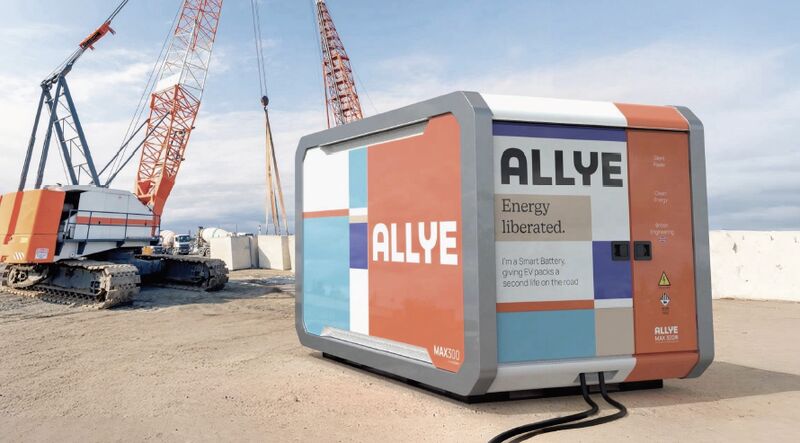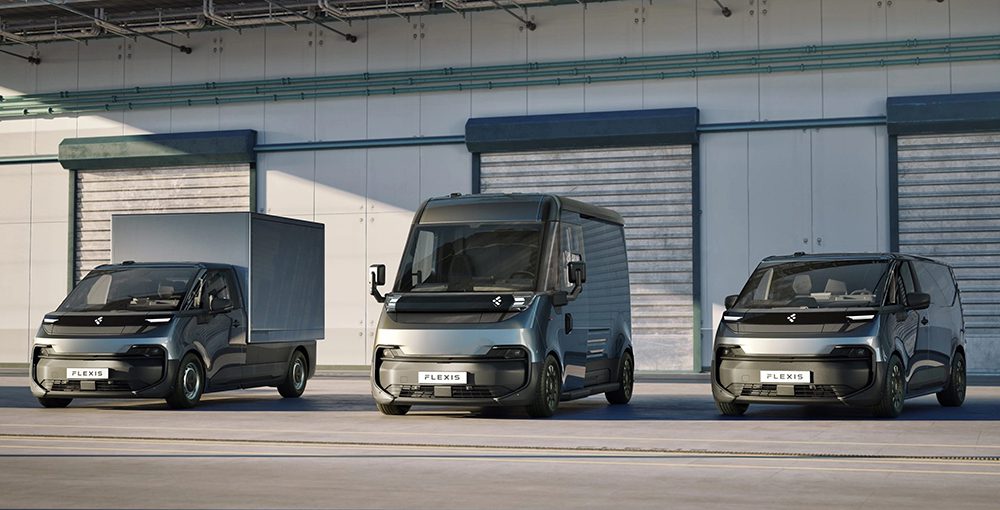Hurtigruten Norway, whose cruises along the fjord-indented Norwegian coast are the stuff of travelers’ dreams, has long been a beacon of greenery in a generally brown industry. Some of the company’s ships are basically plug-in hybrids, featuring enormous batteries to reduce the use of the diesel engines. Unlike the vast majority of the world’s passenger ships, Hurtigruten’s liners generally plug into shore power when they dock, rather than spewing diesel fumes into nearby neighborhoods.
Now the 130-year-old company has unveiled plans to build its first zero-emission ship. Following a year of research, Hurtigruten, alongside a consortium of 12 maritime partners and the research institute SINTEF, revealed early concept plans and renderings for “the world’s most energy-efficient cruise ship.”

“Following a rigorous feasibility study, we have pinpointed the most promising technologies for our groundbreaking future cruise ships,” said Hedda Felin, CEO of Hurtigruten Norway. “We are committed to delivering a ship that surpasses all others in terms of energy efficiency and sustainability within just a few years.”
Hurtigruten says its future electric ships will be equipped with 60 MWh worth of batteries (the equivalent of about 1,000 Tesla Model 3 battery packs), which will be charged with renewable energy while in port. The ships will also feature retractable sails with solar panels, AI-based maneuvering, contra-rotating propellers and multiple retractable thrusters. Retractable autonomous wing rigs will include 1,500 square meters of solar panels and 750 square meters of wind surface, and will reach a maximum height of 50 meters when extended.


The zero-emission ship is modeled at 135 meters (443 feet) in length, and is expected to have 270 cabins that can accommodate 500 guests and 99 crew, as well as a cargo hold with space to transport cars.
The current R&D phase focuses on battery production, propulsion technology, hull design and sustainable building practices that reduce energy use to a minimum. The company is also developing new technologies for onboard hotel operations, which can account for up to 50% of a ship’s total energy consumption. New-build finalization is to begin in 2026, and the vessel is expected to enter shipyard production in 2027, and to be sailing in Norwegian waters by 2030.
Source: Hurtigruten Norway
































































































































